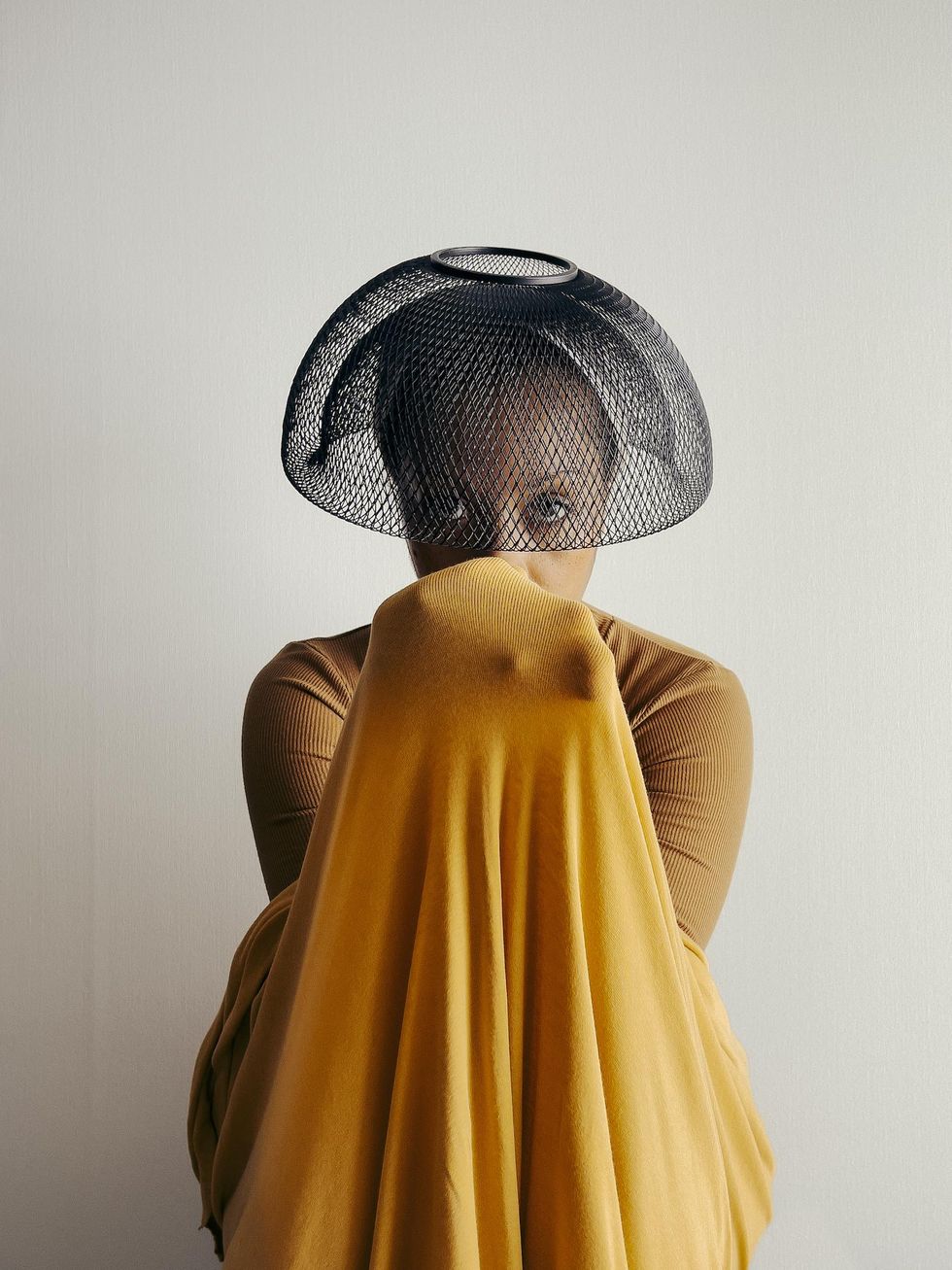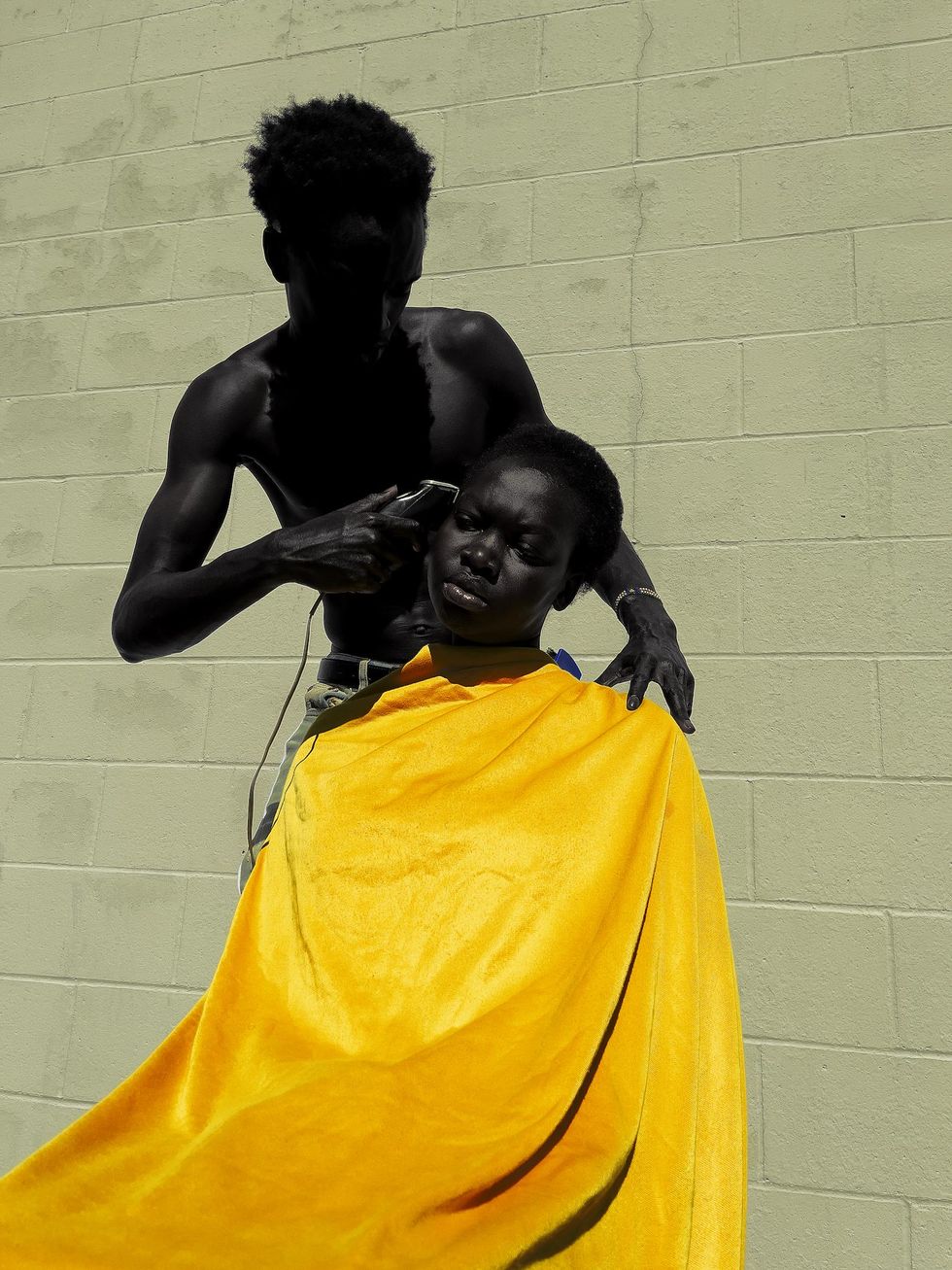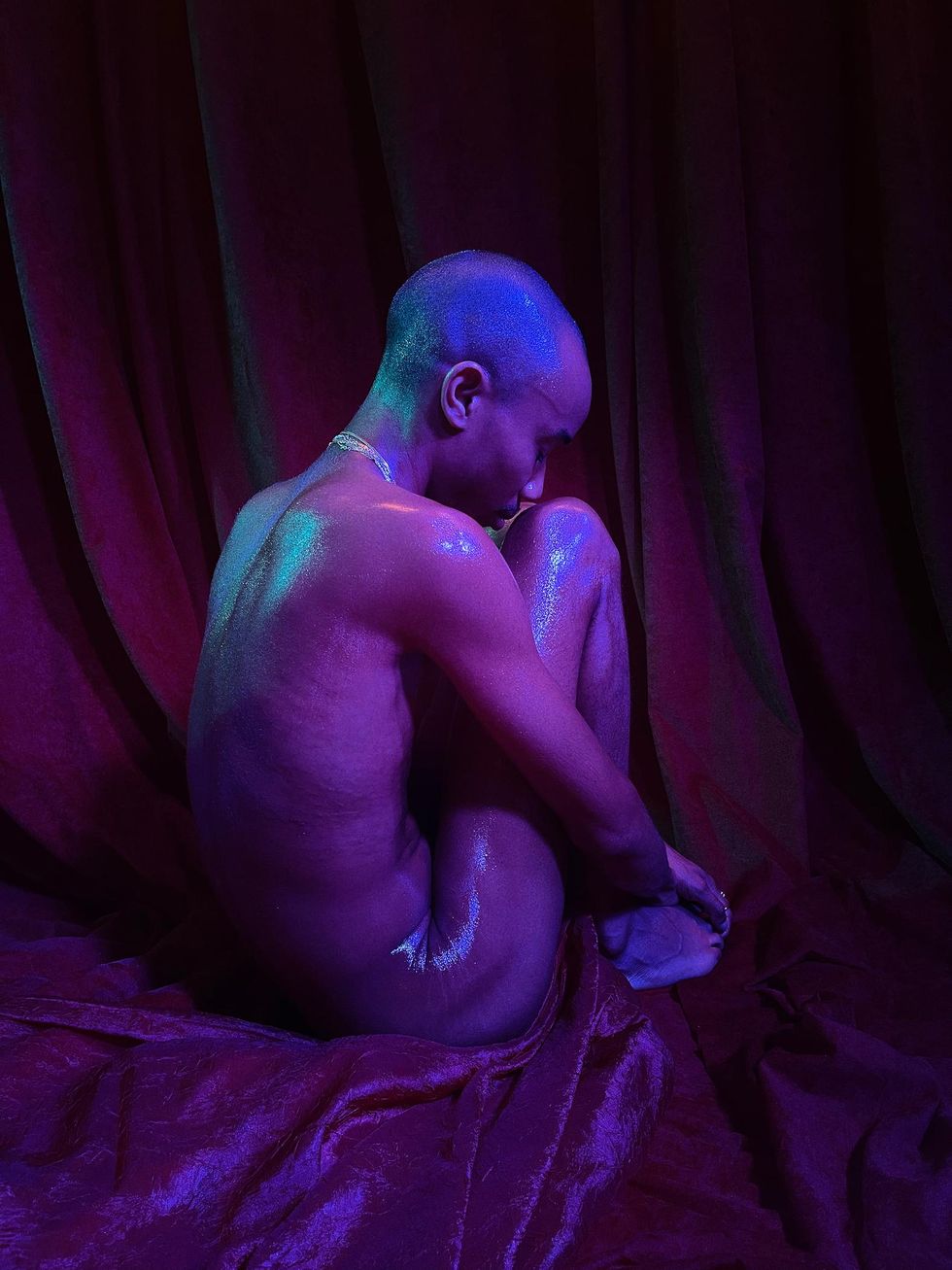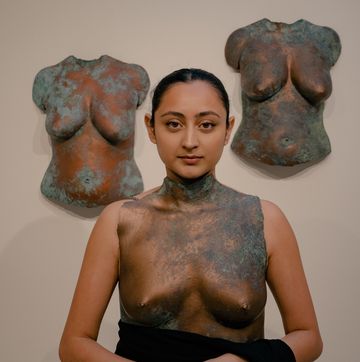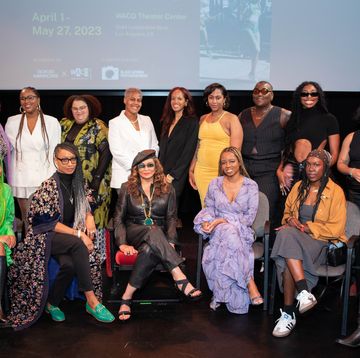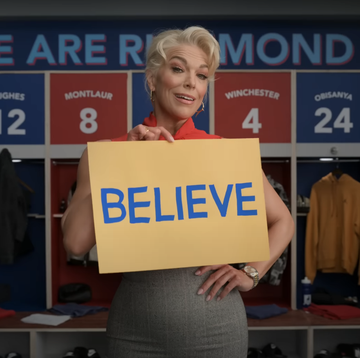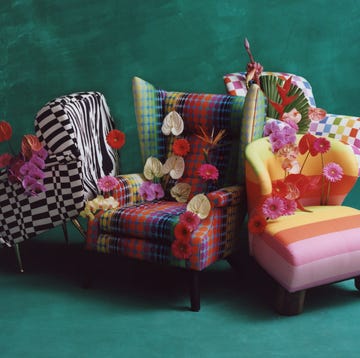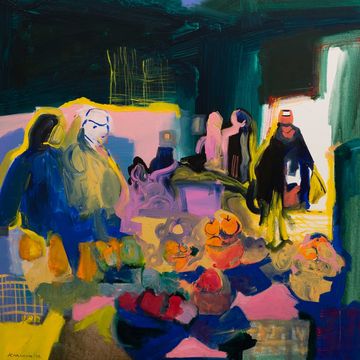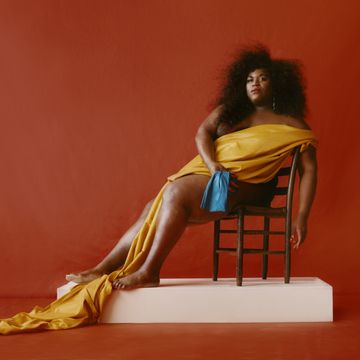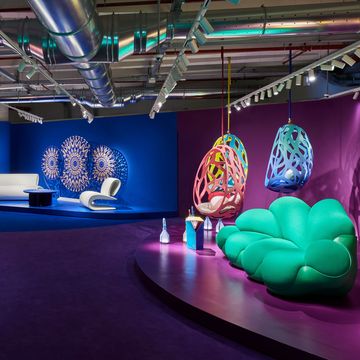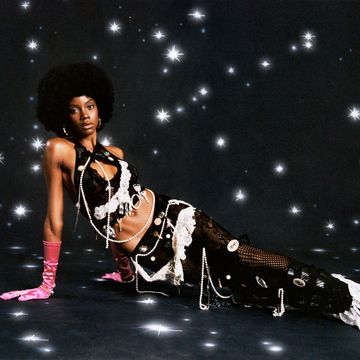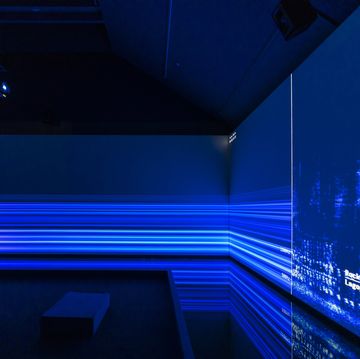“Feeling seen” is a big deal right now. Therapists say it. Memes say it. Celebs and their publicists love to say it. And though the phrase is a little tired, there’s a logic behind it. After all, if the average American spends 8 hours a day staring at screens, getting someone’s eyes on you is an act of devotion—and getting someone to see the world through your eyes is practically a holy act.
It’s also the goal of a new exhibit called “INWARD: Reflections on Interiority” at the International Center of Photography (ICP) in New York City—one of the first shot entirely on an iPhone. Open through next January, it gives the spotlight to five emerging Black artists with one prompt: “Use the iPhone document your inner lives,” then share your point of view with… well… everyone.
“As a deep introvert, I had a real aversion to self-portraiture,” says Djeneba Aduayom, a former dancer who shot her pieces during quarantine. “Then the pandemic hit! I had been photographing [magazine covers] and suddenly, I couldn’t photograph anyone else, or anything besides what was right in front of me. I was like, ‘Oh crap.’ I sort of looked at my iPhone and said, ‘Well, it’s just you and me.’ And when you’re forced to create with just a phone, it’s amazing. It’s humbling, too… It means you’re redefining how you work.”
Curator Isolde Brielmaier notes that Apple is also redefining its work, specifically with regards to the iPhone 12 Pro Max and its camera capabilities. “The richness of darker skin tones comes through in much more dynamic way,” Breilmaier explains. There’s also a new depth of focus that allows the artists more control when photographing and isolating movement—which enhances the work of Arielle Bobb-Willis, who imbues her dancing figures with so much glistening saturation, you wonder if their auras are radiating out of their skin. (“I use color to fight off depression,” Bobb-Willis notes, citing the bright colors and powerful movement as ways to push beyond pain.) That same arresting hue-done-it happens in the work of Isaac West, whose series of everyday intimacies—haircuts, hand-holds, and stoop hangs—looks more like a series of paintings than an IG stream. “Isaac actually took the images on his phone, then re-filtered and re-processed them,” Brielmaier explains, “which is stunning, visually, but also gives the idea that these aren’t photos, exactly, but very strong and beautiful memories in one person’s inner world.” According to Apple, these results will only be amplified with the new iPhone 13.
Quil Lemons has a more traditional relationship to his selfies, but he’s careful to point out “the intention behind the photo, and the care with which the photo or video is taken, is part of what makes it inherently valuable.” Lemons may be most famous for his celebrity shoots with Billie Eilish and Chloe x Halle, but his ICP series highlights the beauty of his own Black queer discovery, with self-portraits of his various alter-egos posing triumphantly for the viewer. “I don’t think it matters if you’re using an iPhone or a very complex camera, or even a paintbrush,” he says. “If the image is beautiful, and you’re making something with skill and with intention, the art is right there. And it opens the medium up for so many more people, right?”
It does—which is why the world snapped an estimated 1.2 trillion photos in 2020. But to contemporary art apostles like Brielmaier, the question isn’t are all those photos a valuable piece of art? (Consensus: Nope. Some are the visual equivalent of a butt dial.) “I could talk about the meaning of art and value of art—whose work gets paid, whose work gets protected, who gets to partake in art at all—I could talk about it all day!” She laughs. “And you know, as a professor, sometimes I do. But to me, what’s exciting here is that we’re having all these conversations around inclusion and belonging. And by using an iPhone, it opens up the access point substantially. Not all the way—we have a digital divide in this country, for sure. But if millions of people have a very high-quality image tool that only thousands had previously, that opens the doors to more potential artists. And to me, that’s incredible.”
Breilmaier is likewise awestruck with the way that a ubiquitous tech tool can become a conduit for very specific slices of modern life. “I think my favorite part of curating this exhibit is to see how compelling the viewpoints of these artists are. They’re using the same phone that I use, that you use, but what they see is completely unique,” she says. “So through their Photo folder, we can see their world. Which informs how we see our world. Which informs how we treat each other, in the immediate sense and in the future.”
That’s art and that’s empathy. Both are conduits to “being seen”—and both are available at an even higher resolution, for cynics and idealists alike, thanks to Apple’s ever-sharpening gaze on the human condition, and the art world, too.

"Her beauty and her brain go not together." —William Shakespeare

